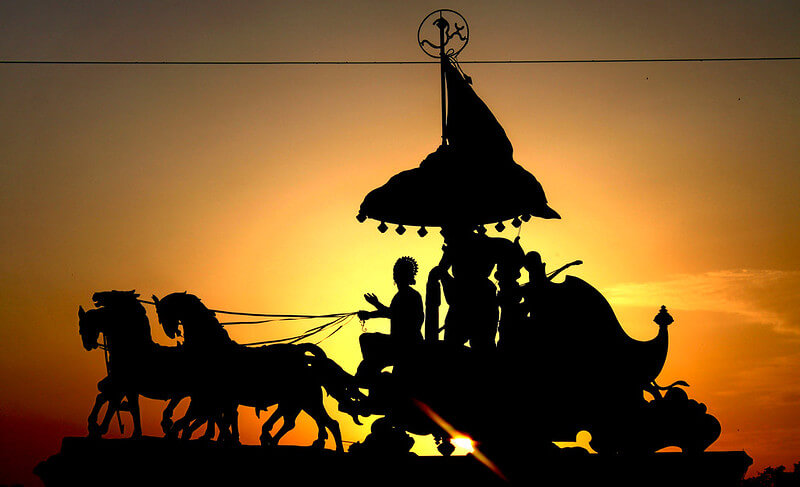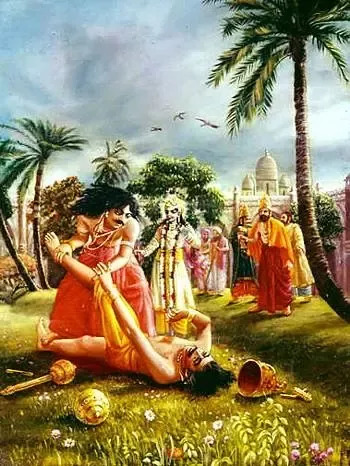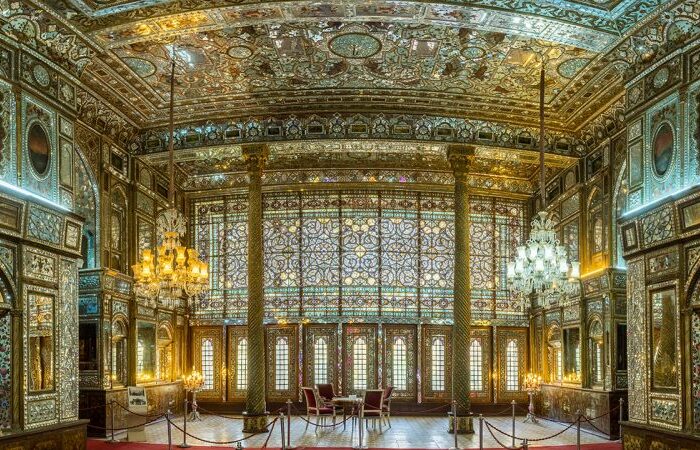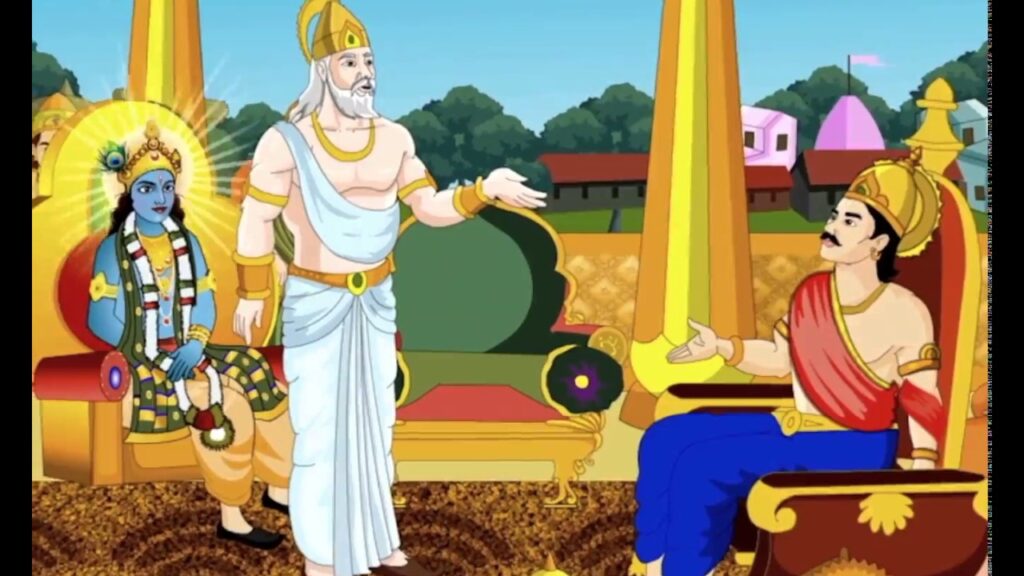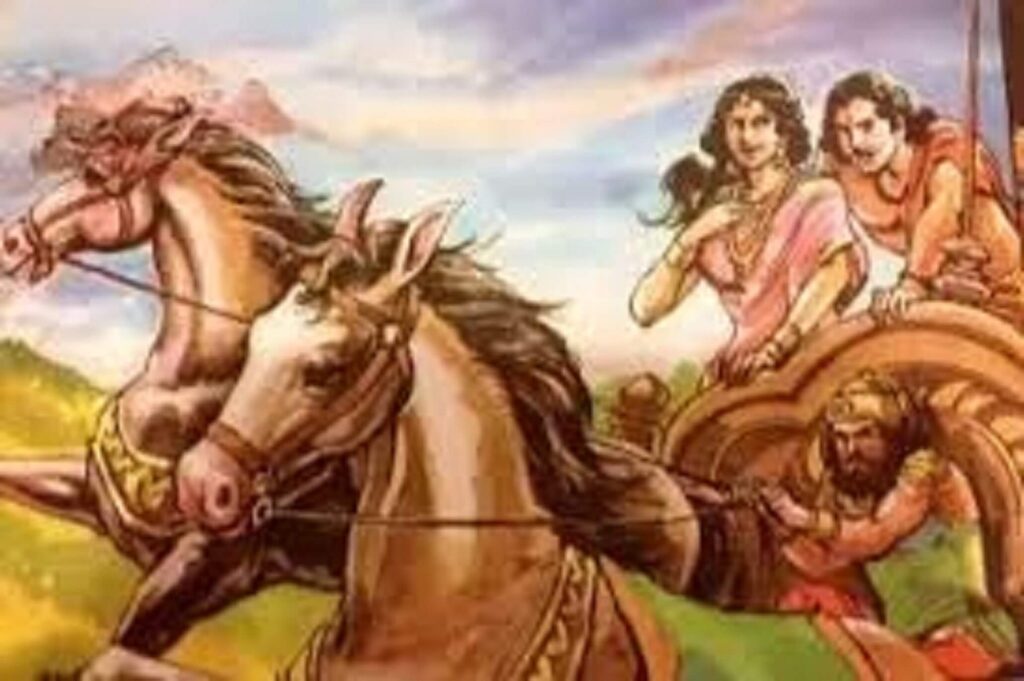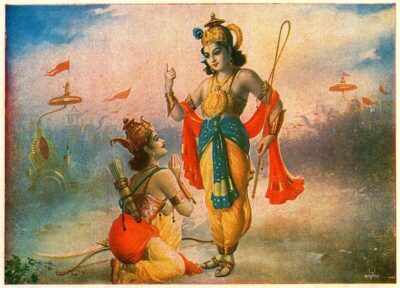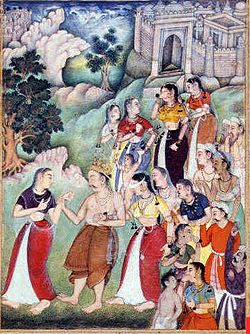Digvijaya parva is the twenty fourth upa parva included in the second maha parva named Sabha parva in Mahabharata. Various compilations of this epic are numbered differently and this one upa parva may be numbered with different sequences in them. Vyshampayana had narrated the historical events to Janamejaya, on his queries:
In which direction had Arjuna moved for Digvijaya?
Arjuna had moved for the Digvijaya in the northern direction. After getting the blessings of learned scholars for victory, he had started with his army after getting blessings of learned scholars.
